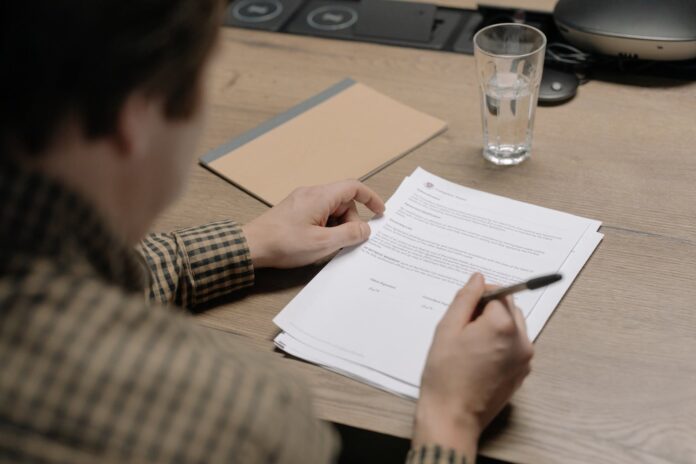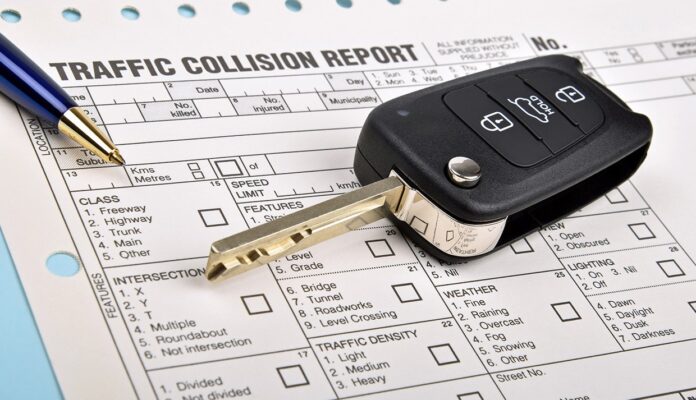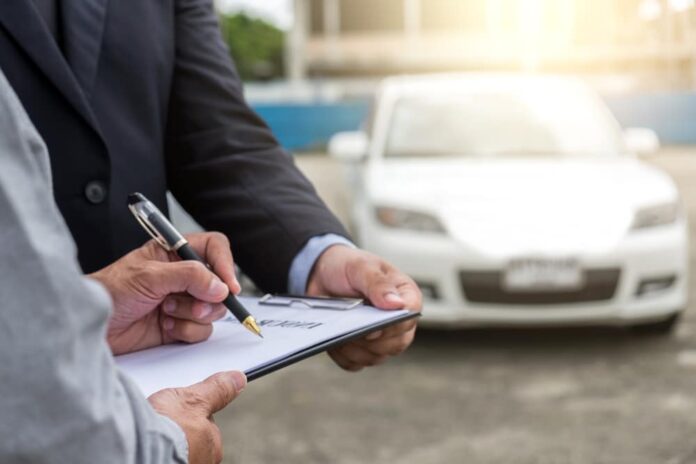When you’re buying a car, the last thing you want is for it to have a hidden history.Unfortunately, this happens all too often. If you aren’t careful, you could end up with a car that has been in a major accident, or one that has been stolen. This is why it’s important to confirm the accuracy of any vehicle history report before you buy. In this guide, we will walk you through the process of doing just that.
Understanding What a Vehicle History Report Is
The first thing you need to understand is that a vehicle history report isn’t the same as a car’s title. When someone buys a car, they receive the title, which is a document that proves ownership. A vehicle history report, on the other hand, is a document that lists all of the previous owners and other important information about a car. It can also include things like accident history, service records, and more. If you’re going to confirm the accuracy of a vehicle history report, then it’s important that you know what’s on it. This means reading through every page carefully. Look for anything that seems suspicious, and make sure you understand everything before making any purchase.
Customers should always read the Buyers Guide on the outside of the vehicle to determine what warranties (if any) are included with a vehicle when they are making a purchase. Auto dealerships can purchase auto dealer supplies including Buyers Guides from MBR Marketing at https://mbrmarketing.com/dealer-supplies/sales-forms/ftc-buyers-guides-and-holders.

Obtain the Report and Compare Information
If you’re going to confirm the accuracy of a vehicle history report, then there are a few things you need to do. Of course, you’ll need to first get your hands on the report itself.
You can usually obtain this document from the seller of the car, or from the car’s previous owner. It’s best to get the report from the seller of the car, as they will likely have the most up-to-date information, and because you’ll be dealing with them in case anything goes wrong. Once you have the report in hand, it’s time to start checking it for accuracy.
The first step is to compare the information listed on the vehicle history report with the information listed on the car’s title. Make sure everything matches up perfectly. If there are any discrepancies, then you’ll want to investigate them further–don’t be afraid to ask questions. If the seller can’t provide you with answers, it’s a huge red flag that you should be wary of.
The next step is to check for inconsistencies within the report itself. Are all of the dates and details correct? If not, then you’ll want to ask yourself why that is. Finally, take a look at the car’s accident history. If it has been in any accidents, then you’ll want to know exactly what happened. Check for open recalls as well. If there are any, you’ll want to know why they haven’t been fixed.

Research the Vehicle Online
In addition to checking the information listed on the report, you should also do some online research on the car itself. See if you can find any information about the vehicle, things you’d find on the report like accident history, service records, or recalls. Every piece of information you find about the car should be the exact same. You can also search for images of the car from past and present, as well as read reviews from previous owners. By doing this, you’ll get a better idea of how the car should run and the type of condition it’s in.
From all the research you conduct, be sure to bring up anything suspicious with the seller or previous owner before making a final decision on whether or not to buy the car. It’s always better to be safe than sorry.

Inspect the Vehicle in Person
Confirming the accuracy of a vehicle history report is important, but it’s not enough to just read through the document. This is why you did prior research; so that you can inspect the car in person before making a final decision. There could be things that aren’t listed on the report or details about past accidents and other issues that you might not know about otherwise.
When inspecting the vehicle, it’s important to look for any signs of damage or wear-and-tear. If there are any scratches or dents on the bodywork, then those will need fixing later down the road. You should also check the car’s tires, as well as the engine and other internal parts. If anything looks suspicious or like it needs repair, then you’ll want to factor that into your buying decision.

Test Drive the Vehicle
By now, you should have a general or good understanding of how the car should run. Now’s the perfect time for a test drive. Evaluate how the car handles on the road, and whether or not it’s comfortable to drive. You’ll also be able to listen for any strange noises or problems with the engine.
If everything seems okay and you’re still interested in buying the car, then go ahead and make an offer. Just remember to keep all of this information in mind as you negotiate the price. Buying a car is a big decision, so don’t rush into anything without doing your homework first.

Get an Inspection
Once you’ve test-driven the car and are ready to make an offer, it’s time for one last step. Some sellers won’t allow you to do this, but see if you can get the car inspected by a professional mechanic before you finalize any deals or sign anything. This will help ensure that everything is in proper working order and won’t need repairs right away after purchase. If the seller doesn’t allow this, you could let them know that you plan on going for an inspection right away to see if there’s anything wrong with the vehicle and that everything aligns with the report as stated.









